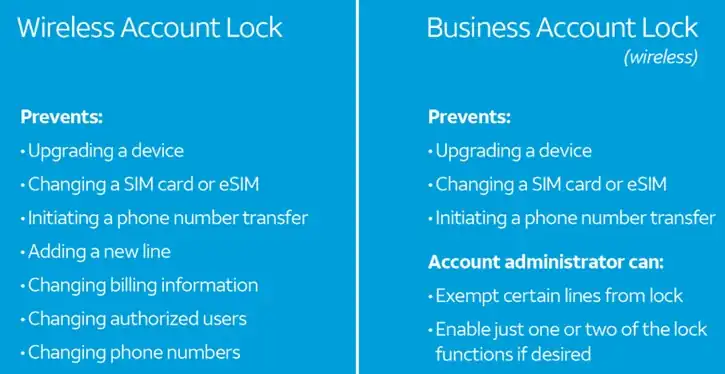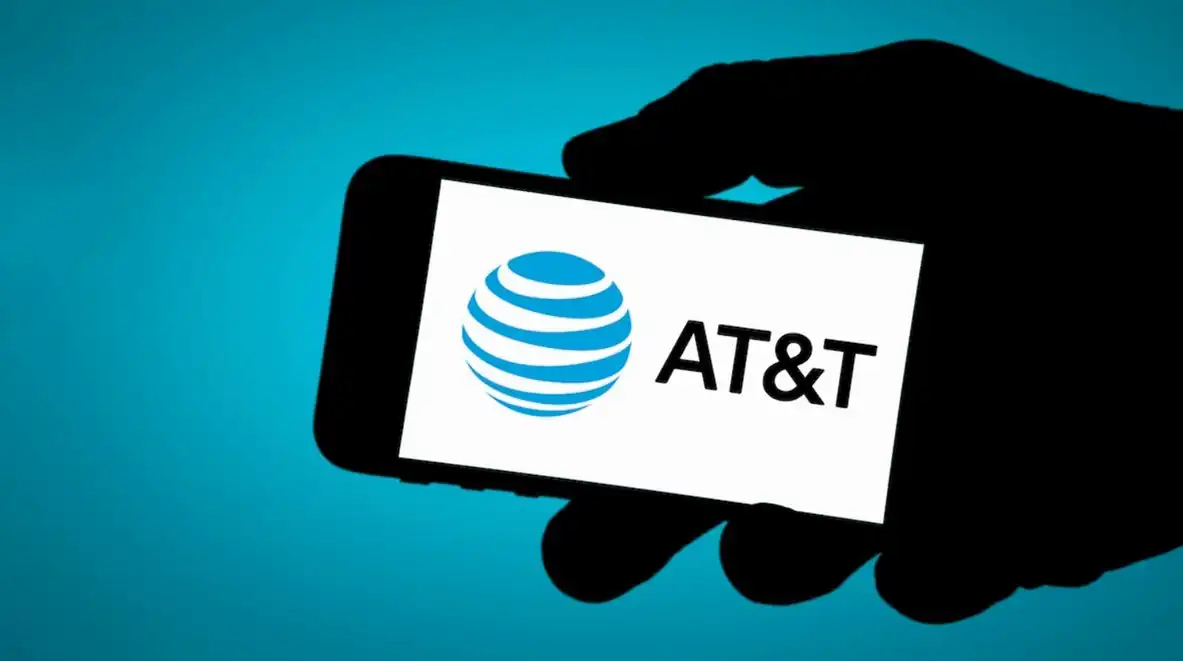AT&T has launched a feature that puts a stop to unauthorized SIM swapping: Wireless Account Lock. With this security, any attempt to modify the line -from swapping the SIM card to altering billing information or transferring a number- is paralyzed until the customer manually deactivates the lock from the myAT&T app, demanding physical access to the device.
With this launch, the carrier aims to root out the “SIM swap” technique, where fraudsters impersonate and take control of verification codes sent via SMS. The feature protects both postpaid residential users and prepaid and business customers, and AT&T emphasizes that it will never request deactivation of this protection via call or text.
The operation is simple but robust.
When the lock is activated, all account modifications typically offered by digital and telephone channels are disabled. Thus, a fraudster will not be able to transfer the number or add new lines without the user first approving the operation with their mobile phone in hand.
This physical lock is the cornerstone of the defense, a detail that AT&T describes as the ultimate barrier against fraud that has affected thousands of people in recent years.
In addition, the myAT&T app guides customers through the activation and deactivation process, ensuring that only the person with the phone can manage the most sensitive settings.
Businesses and prepaid customers have equivalent control, tailored to their needs: those who manage multiple lines or corporate accounts can apply the lock to each profile individually.

AT&T explains that while the lock adds an extra step to line management, its activation is so intuitive that it barely adds any time to the process, and more than compensates for the peace of mind that comes with knowing no one can clone the SIM or transfer the number without their knowledge.
Trump conference delay
In parallel with this announcement, there was an incident involving former President Donald Trump, who invited religious leaders to a group call and found the call tense at the start: technical issues with the conference call system left the line frozen.
Annoyed, Trump took to his social media platform to demand an explanation from AT&T and urge its management team to intervene. The carrier responded calmly, pointing out that the cause was not its mobile network but an external conference call service, and expressed its desire to delve deeper into the causes to avoid future setbacks.
Despite the setback, the call lasted about fifteen minutes once reestablished, making it clear that, although technology can be difficult at times, the communication ultimately served its purpose.

